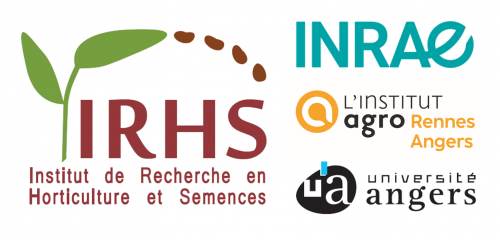Phenotyping grapevine resistance to downy mildew: deep learning as a promising tool to assess sporulation and necrosis
Résumé
Abstract Background Downy mildew is a plant disease that affects all cultivated European grapevine varieties. The disease is caused by the oomycete Plasmopara viticola . The current strategy to control this threat relies on repeated applications of fungicides. The most eco-friendly and sustainable alternative solution would be to use bred-resistant varieties. During breeding programs, some wild Vitis species have been used as resistance sources to introduce resistance loci in Vitis vinifera varieties. To ensure the durability of resistance, resistant varieties are built on combinations of these loci, some of which are unfortunately already overcome by virulent pathogen strains. The development of a high-throughput machine learning phenotyping method is now essential for identifying new resistance loci. Results Images of grapevine leaf discs infected with P. viticola were annotated with OIV 452–1 values, a standard scale, traditionally used by experts to assess resistance visually. This descriptor takes two variables into account the complete phenotype of the symptom: sporulation and necrosis. This annotated dataset was used to train neural networks. Various encoders were used to incorporate prior knowledge of the scale’s ordinality. The best results were obtained with the Swin transformer encoder which achieved an accuracy of 81.7%. Finally, from a biological point of view, the model described the studied trait and identified differences between genotypes in agreement with human observers, with an accuracy of 97% but at a high-throughput 650% faster than that of humans. Conclusion This work provides a fast, full pipeline for image processing, including machine learning, to describe the symptoms of grapevine leaf discs infected with P. viticola using the OIV 452–1, a two-symptom standard scale that considers sporulation and necrosis. If symptoms are frequently assessed by visual observation, which is time-consuming, low-throughput, tedious, and expert dependent, the method developed sweeps away all these constraints. This method could be extended to other pathosystems studied on leaf discs where disease symptoms are scored with ordinal scales.
| Origine | Fichiers éditeurs autorisés sur une archive ouverte |
|---|---|
| licence |


